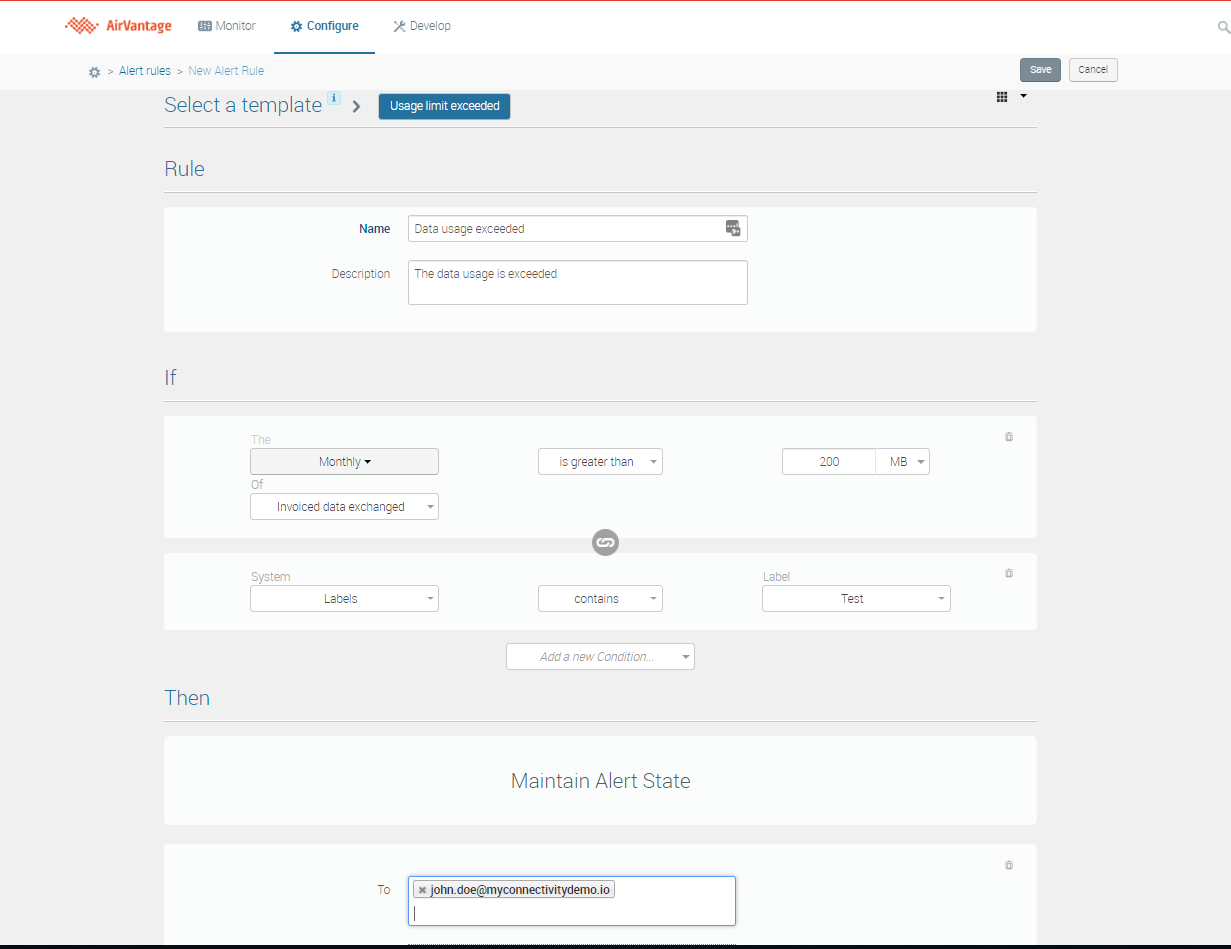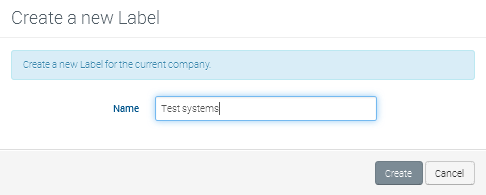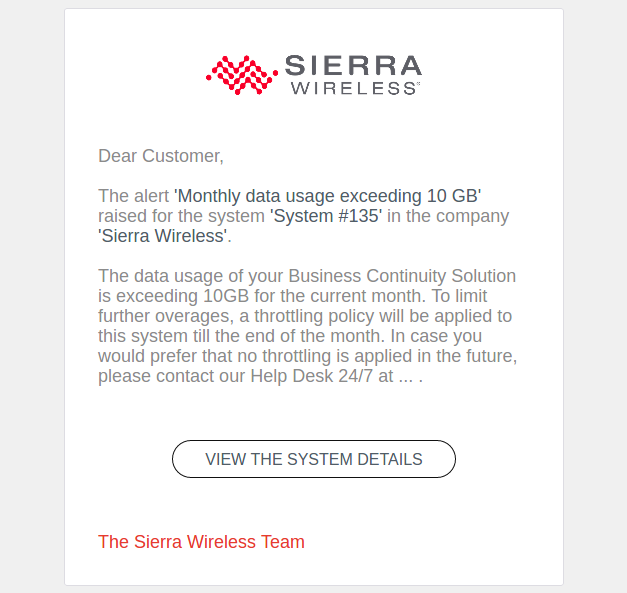Configure
The Configure activity helps you to create and manage alert rules and labels.
 Initializing Table Of Contents...
Initializing Table Of Contents...The activity has two sections:
- Alert Rules: create, edit, activate or deactivate (pause) alert rules
- Labels: create or delete labels
Alert Rules Section
What is an Alert Rule?
An alert rule is simply composed of a set of up to 10 conditions. The alert will be raised if all conditions are satisfied.
You can create 2 types of alert rules depending on the template chosen:
- For stateful alert rules, once the alert criteria are met, you will receive a notification when the alert is raised for a system, and then when the alert is over and the system working back the expected way.
- For stateless alerts, once the rule is created, you will receive an event each time the condition is met. This is usually the kind of rule that is created when you want to know that something ‘changes’.
Once the alert is created, you will receive a notification when the alert is raised for a system, and then when the alert is over and the system working back the expected way.
Several alert rules templates are provided as examples, with pre-filled condition values. To create your own alert rule, change values as needed and/or add more conditions. The Custom template is a template without any pre-filled condition values.
Below is an example that raises a “Monthly invoiced data usage exceeded” alert and sends an alert email when a system exceeds 200Mb data usage in the current month. Note that you can change the period on which the usage shall be aggregated and also the type of usage that is taken into consideration.

By default an alert rule applies to all the systems within the company. If you want to restrict the alert rule to some system(s) only, you can do this by adding to the alert rule a specific matching condition on “System is” or “System has label”. Here are examples of each:
With ‘System is’, select the system of choice to have the alert rule match on a single system only

With ‘System has label’, choose the label of choice to have the alert rule match on part of the company fleet only.
Take an action on alert
When creating or editing a rule, you can specify one or more actions to be launched on the specific system that causes the alert to be raised (i.e when the rule’s conditions are all met). The action will be triggered as soon as the alert is raised and on the one and only system that was at the origin of the alert.
The actions that can be triggered are:
Send an email
You can decide whether or not to receive an alert notification by email (for more information, see How to create a new alert rule? ).
Call a callback URL
When creating or editing an alert rule, you can specify one or more urls that will be called every time the alert is raised. Those webhooks permit to inform a third party application about the alert raised in AirVantage.
Webhook is a stateless mechanism and messages are sent in JSON format with the content-type “application/json”. Messages sent to an unreachable endpoint will be lost.
System suspend
If you wish to suspend systems that are overconsuming or if you suspect fraud for example, this action can be of interest to you. With template ‘usage exceeded’, if once your system is suspended you want to reactivate it within the same month, you will need to act on the system to avoid suspension again: either to change the offer on the system (and use the condition ‘system has offer’ in the alert rule configuration) or to play with labels and the ‘system has label’ condition.
Changing offer
To switch to a higher rate plan if your system is consuming more than expected. This change offer action shall be used in conjunction with the ‘system has offer’ condition.
Apply label
You can apply a label on systems that have raised an alert on a specific rule. The label will be automatically removed when the alert will be cleared. This can be used for example to identify from the grid all systems being on alert on a specific rule.
Labels Section
The Labels section displays the list of labels created for the company you are working on. User-defined labels can then be used to group entities like systems, for instance in matching conditions for alert rules.
To create a new label, click the + button.

How-Tos
This section provides you with helpful procedures for common tasks.



